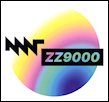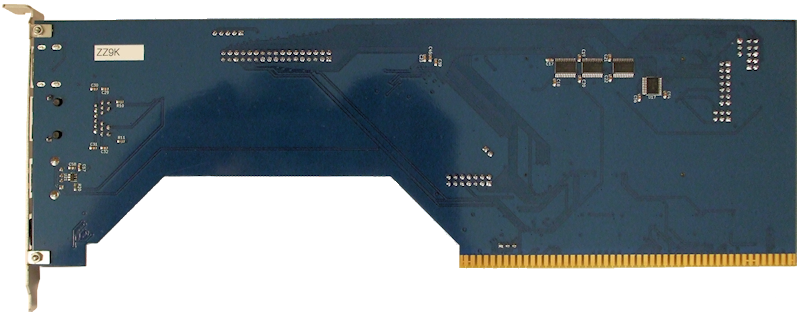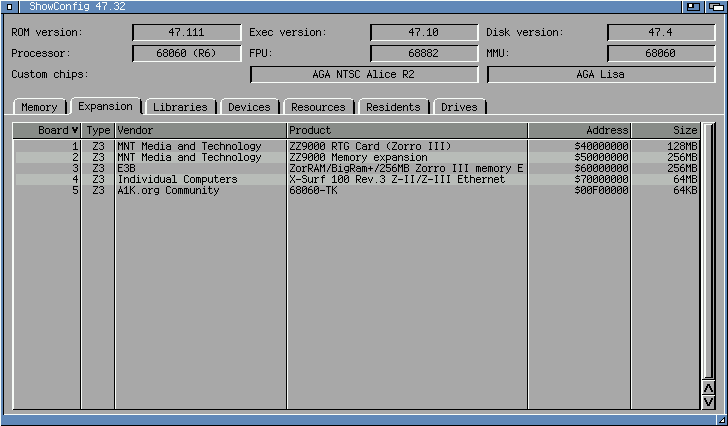
ZZ9000 Compendium
More than a modern Amiga graphics card
Compiled by a ZZ9000 owner and enthusiast
Updated: March 25, 2023 | ZZ9000 is © 2019-2023 MNT Research GmbH
 ZZ9000 CompendiumMore than a modern Amiga graphics card Updated: March 25, 2023 | ZZ9000 is © 2019-2023 MNT Research GmbH |
Preface | Specifications | Requirements / Compatibility | Production / Shipping | Installation | Screen Modes
Add-Ons | Apps 'n ARMs | Benchmarks | Features | Support / Troubleshooting | F.A.Q. | Links | Contact
 |  |  |
| Front view of main board with ZZ9000CX connector (native Amiga passthrough and scandoubling) | Connector view (top to bottom: HDMI, Ethernet, USB, microSD) | Back view of main board |
zzusb.device/ZZ0: in the ZZ9000 ROM and mass storage only (firmware v1.9+) and no hotplug yet. Be sure to insert USB stick before starting/resetting Amiga; requires stable 1.9 or higher drivers) [source | archived image]
